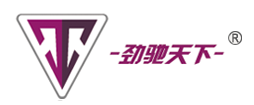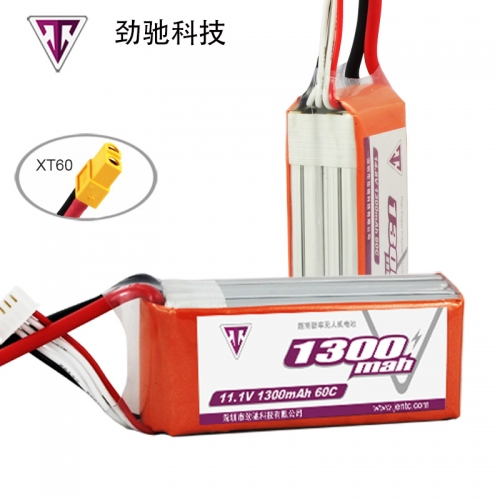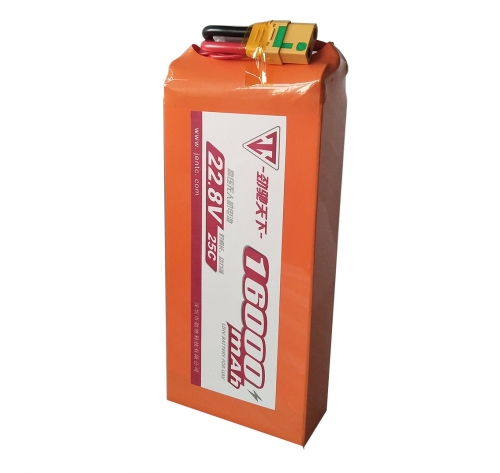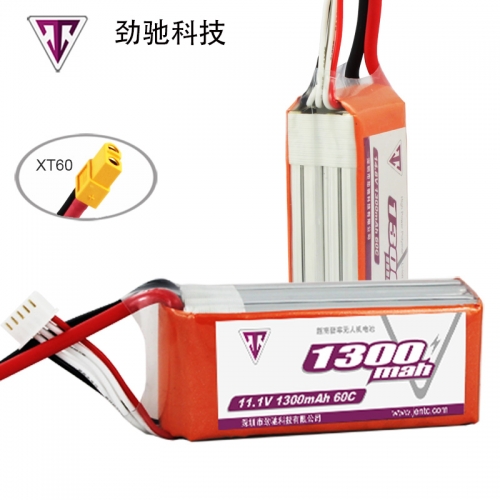The application fields of drones are mainly divided into three categories: consumer applications, industrial applications, and military applications.
1. Consumer drone applications
The consumer drone application market represented by multi-rotor drones has entered a period of rapid growth. According to public data, the consumer drone application market has an annual growth rate of more than 50%, and the types and services of consumer drone products are becoming increasingly rich.
The technical threshold of consumer drones is not high. A set of open source programs can support the takeoff and landing of aircraft. Anyone can use open source programs to make a drone platform. Entry-level consumer drone products have become a red ocean, and major manufacturers are fighting for very thin profits. The advantages of major drone manufacturers lie in the flight control system and gimbal system. Through technological accumulation, their own products are more stable and have lower failure rates than competitors.
The widespread application of new lightweight materials and the maturity of flight control core technology have further lowered the threshold of the consumer drone industry and intensified industry competition. The intensification of industry competition has led to the differentiation of drone products. Major manufacturers have begun to take a differentiated route and launch different products for different user needs. For example: for the inspection market, we launched drone products with low price, easy maintenance and relatively long range; for the security market, we launched drone products with long flight time, ability to work in harsh environments and good image transmission effect. It is estimated that the market size of civil consumer drones will be about 18 billion yuan in 2018 and will reach about 30 billion yuan by 2025.
Industrial drone applications
Industrial drones and consumer drones are completely different concepts, and the products are also very different. Apart from professional and technical issues such as electromagnetic dissipation and confidential communications, there are still two key barriers that need to be overcome on the road to large-scale application of industrial drones: one is insufficient range and hovering time; the other is insufficient load capacity. Before overcoming these two technical difficulties, it is difficult for industrial drones to be used on a large scale in the industry. In addition, the cost issue is also a realistic issue that must be considered. For industrial drones costing tens of thousands of yuan, the input-output ratio needs to be fully considered.
With the current drone battery technology and drone structure, it is impossible to have a revolutionary breakthrough in payload and endurance. Battery technology has been almost stagnant for more than 10 years. From graphite anode, silicon anode, metal anode, graphene, materials scientists have tried every possible way to innovate batteries, papers are published every day, and investments are piled up, but there has been no breakthrough in drone battery products.
The current effective endurance of industrial drones is about 20 minutes. Calculated at a horizontal flight speed of 5 meters per second, the single flight distance of industrial drones is 6 kilometers. Considering the round trip and redundancy, the actual operating radius will not exceed 3 kilometers. Taking drone power inspection as an example, the high-altitude inspection of drones with an operating radius of only 3 kilometers is far from meeting the actual production needs of industrial grade.
The unit price of industrial drones is generally between 20,000 and 80,000 yuan, and even hundreds of thousands of yuan per unit. The actual value created by drones, after deducting equipment depreciation and other expenses, whether there is residual income is a realistic financial issue.
The industrial drone market is still in the exploration and investment stage, but considering the huge market potential in the future, major domestic drone manufacturers have entered this field one after another. It is estimated that by 2025, the industrial drone market will be about 40 billion, of which agricultural and forestry plant protection will be about 20 billion, the security market will be about 15 billion, and power inspection will be about 5 billion.
Military-grade drone applications
Military-grade drone applications have become another independent industry. There are many very successful products used in actual combat both at home and abroad. In military applications, each country has related companies that focus on this market and develop professional drones that meet different needs.
With the development of drones, more and more drones are applied to various fields, and drone batteries also meet the needs of professional drones with different needs.











